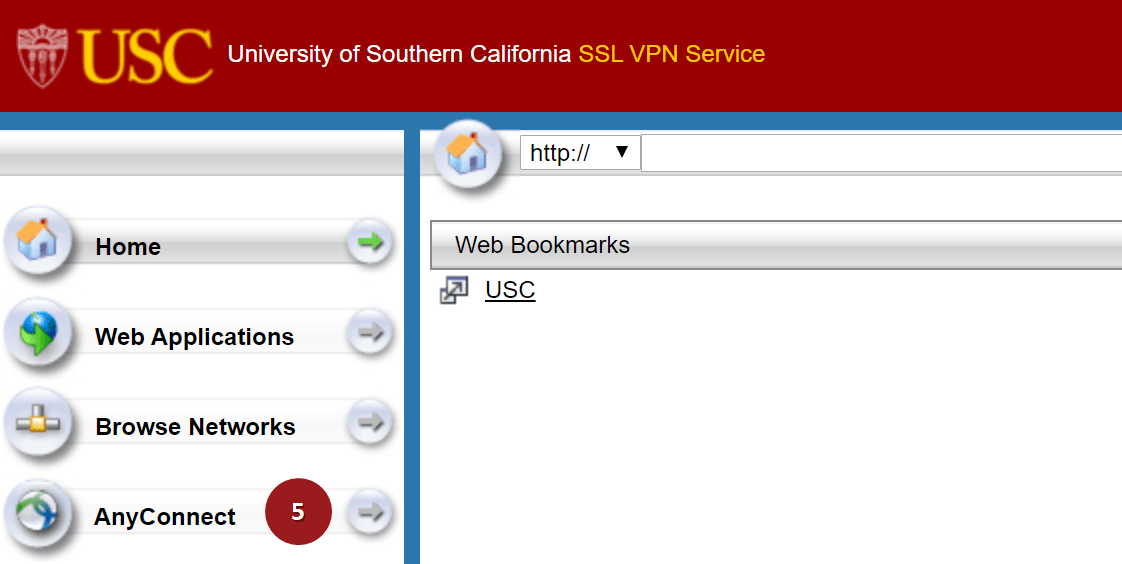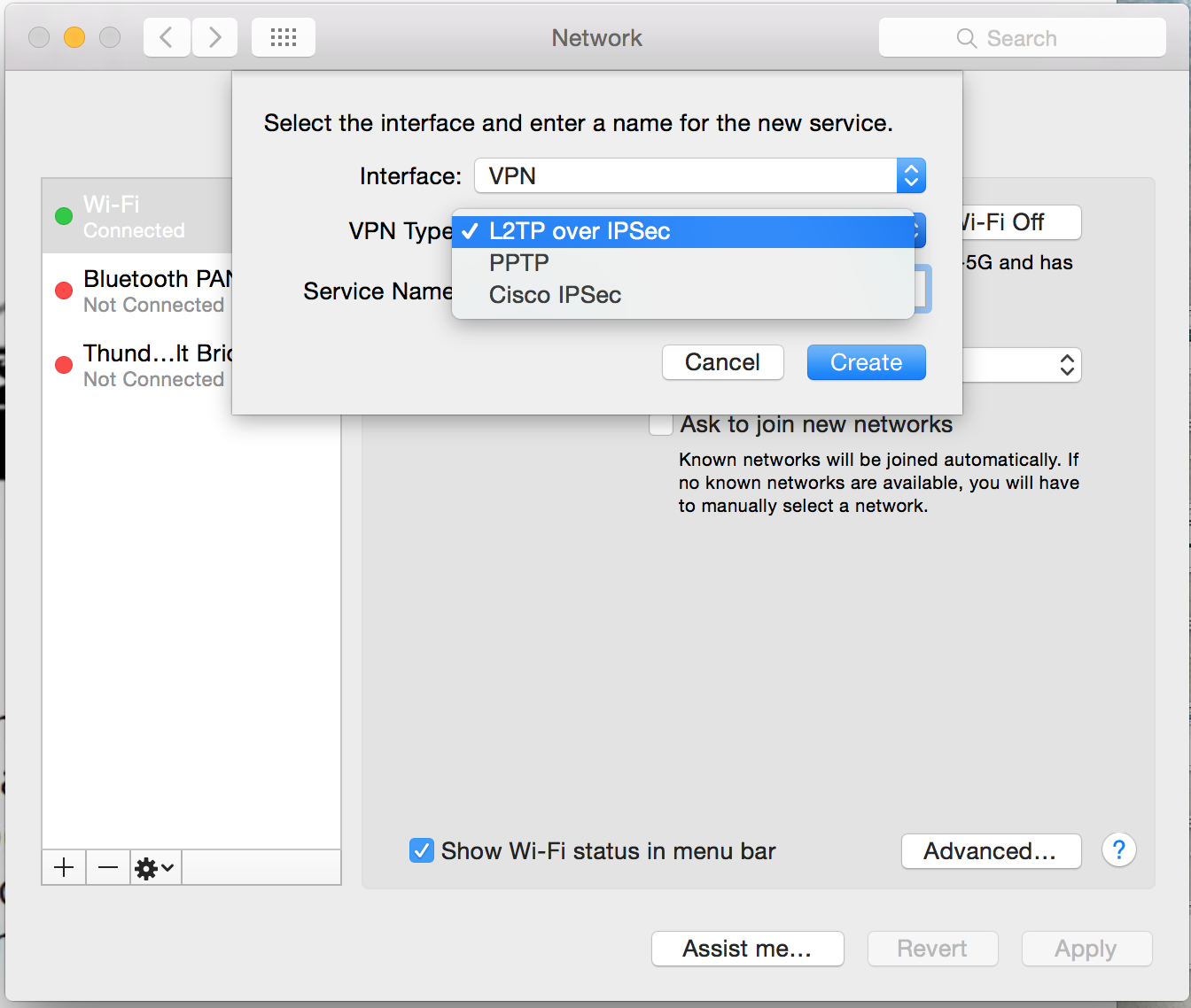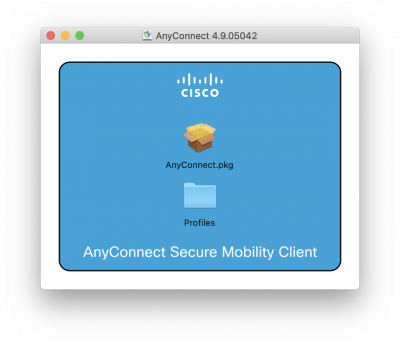Anyconnect Macos
Many people have discussed configuring the OS X built-in VPN client to connect to Cisco VPNs in place of the AnyConnect client. However, all discussion focuses on copying critical config information (shared secret or certificate, in particular) from a PCF or Profile.xml file included in a site-specific AnyConnect installer.
The AnyConnect installer where I am now (version 4.2.01035) seems not to deploy any profile information. /opt/cisco/anyconnect/profile contains only AnyConnectProfile.xsd (a standard schema definition, not anything specific to this configuration). There’s no sign of any profile XML or PCF files that I can find in /opt/cisco, /Library, or $HOME/Library.
This matches the UI experience: there don’t seem to be any preconfigured profiles. Instead, on first launch I just get a blank VPN field in which I simply enter a hostname by hand (in this case, ucbvpn.berkeley.edu) and hit connect. This gives a login prompt including a group selection dropdown, and username and password fields. Simply entering a username and password initiates the connection in the mode specified by the given “group,” and everything works fine.
I cannot, however, figure out how this configuration can be fully transferred to the OS X native VPN client. Transferring a chosen group name from the list seemingly auto-discovered by the AnyConnect client, but the OS X VPN configuration seems to also require explicitly entering either a shared secret or a certificate.

The AnyConnect icon will be visible on your computer For Windows: Will be visible on your systems tray; For Mac: Will be visible on your Dock; Use this icon to control your connection; To disonnect from AnyConnect VPN session: Right Click on the icon in the systems tray or dock; Then click 'Disconnect'. Installation Cisco AnyConnect (Windows) Installation Cisco AnyConnect (Windows 8.1) Installation Cisco AnyConnect (Mac OS) Installation Cisco AnyConnect (iPhone) Installation Cisco AnyConnect (iPad) Installation Cisco AnyConnect (Android) How to install Web Proxy Certificate. Installation Certificate on. Microsoft Internet Explorer. Troubleshooting and Session Logs for AnyConnect for VPN for Mac OS X Troubleshooting Logs Export information from the VPN client to help locate and isolate a connection problem.
My best guess is that the Cisco client is operating in a perhaps new mode where it can negotiate directly with the server to auto-discover any necessary configuration information, and that it’s not stored on disk anywhere. Does anyone have any experience with a setup like this, or have any suggestions of what else to try?
| This article refers to the Cisco AnyConnect VPN. If you're looking for information on the Prisma Access VPN Beta that uses the GobalConnect app, see: Prisma Access VPN Landing Page. If you're not sure which service you're using, see: How do I know if I'm using the Cisco AnyConnect VPN or the Prisma Access VPN? |
Q: How do I uninstall Cisco Anyconnect VPN Client on Mac OS X?

Answer
Anyconnect Mac Os Pkg
If the application is still installed do this:
- From the Finder go to the Applications folder.
- Look for the Cisco folder and open it
- Then double click on Uninstall Anyconnect to start the uninstall process
- Follow instructions to uninstall VPN program

Here's the procedure for manually uninstalling the AnyConnect client from a Mac OS X system.

As root, run the following shell script from the Terminal:
You will be prompted for your password. Once you enter it, just follow the steps
Anyconnect Macos 4.8
If you still having trouble and/or the new Cisco Anyconnect installation complains that you have a version installed, follow these steps:
Enter these commands to clean out the old Cisco VPN kernel extension and reboot the system.
If you installed the Cisco VPN for Mac version 4.1.08005 package, enter these commands to delete the misplaced files. The deletion of these files will not affect your system, since applications do not use these misplaced files in their current location.
Enter these commands if you no longer need the old Cisco VPN Client or Shimo.
Anyconnect
Finally this.
